Getting things into space is expensive, so ASU have devised the SunCube as a way to reduce the costs, by reducing the size of a satellite, and by using existing satellite deployment infrastructure.
You'd be right in thinking that this is pretty small. The ASU specification for the SunCube satellite form factor says that the outer edge of the satellite must be 3x3x3cm. So once you've got structure that can withstand the rigours of a rocket launch, there's not alot of room for electronics.
The electronics used by ASU when presenting their SunCube concept appear to be from the TinyDuino family by Tiny Circuits. These boards measure 20x20mm. Perfect for a SunCube......except charging them via USB in space could be a problem.
Because of the limited space, the satellite will contain the bare minimum required to function. It looks like I'll have to design another satellite power supply, some solar panels, a processor board, and some kind of communications device (because a satellite without comms is just a piece of space junk) AND some kind of useful payload for this thing.
The current plan is:
- 4 x Solar Panels
- 1 x Power Supply
- 1 x Combined Microcontroller / Radio board
- 1 x Payload ??? (Undecided at the moment. Please add suggestions to the comments)
The Challenge being addressed by this project is "Citizen Scientist". This open source design will be a platform that enables people to develop a payload that measures "something" from space. A low cost space based platform has an advantage in numbers, so creating many of these will allow a global picture of whatever it is that is being measured. Maybe it will detect radiation? Maybe it will measure the amount of RF noise emanating from the earth. There are indeed many choices to be made.
 OzQube
OzQube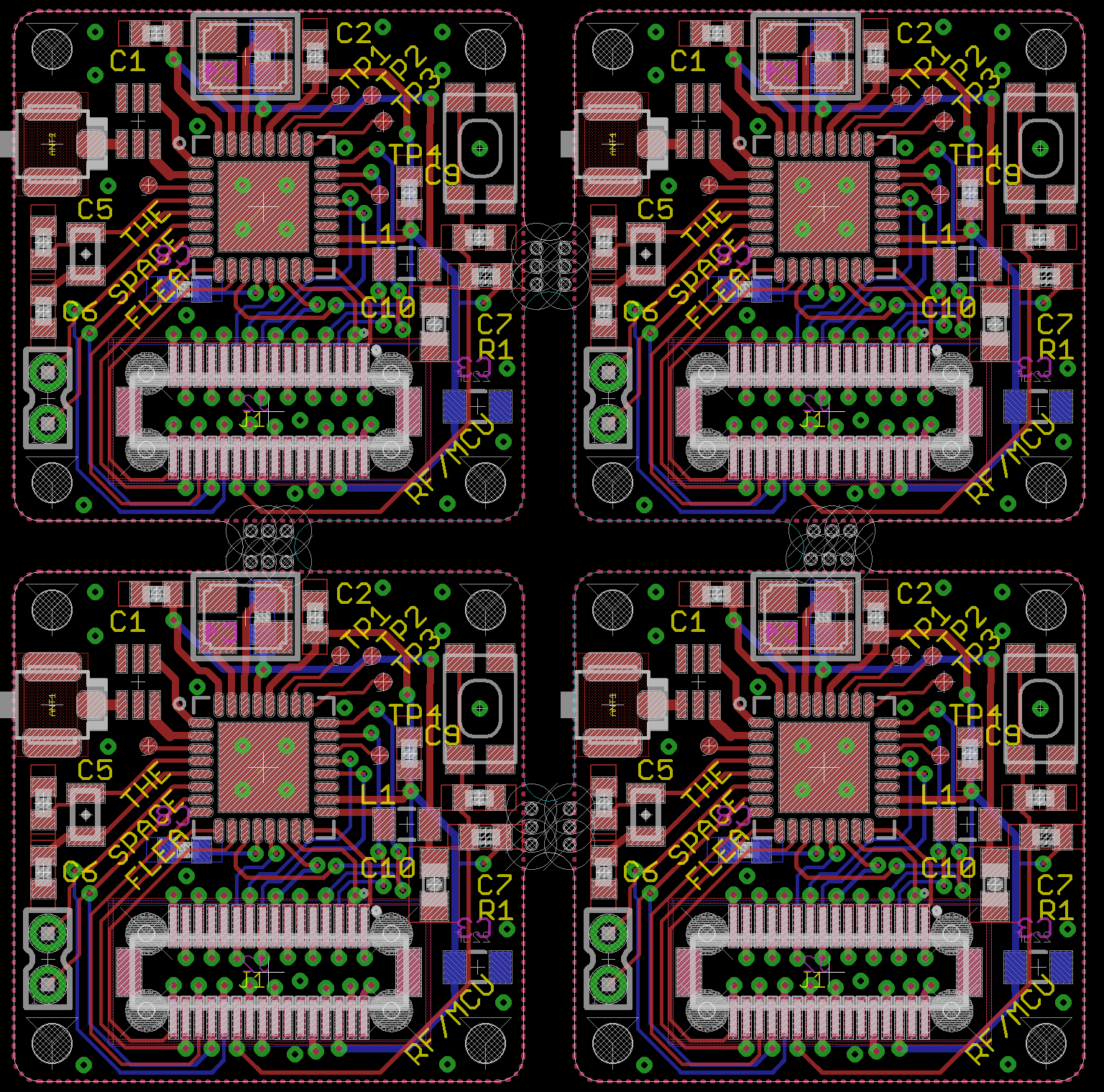
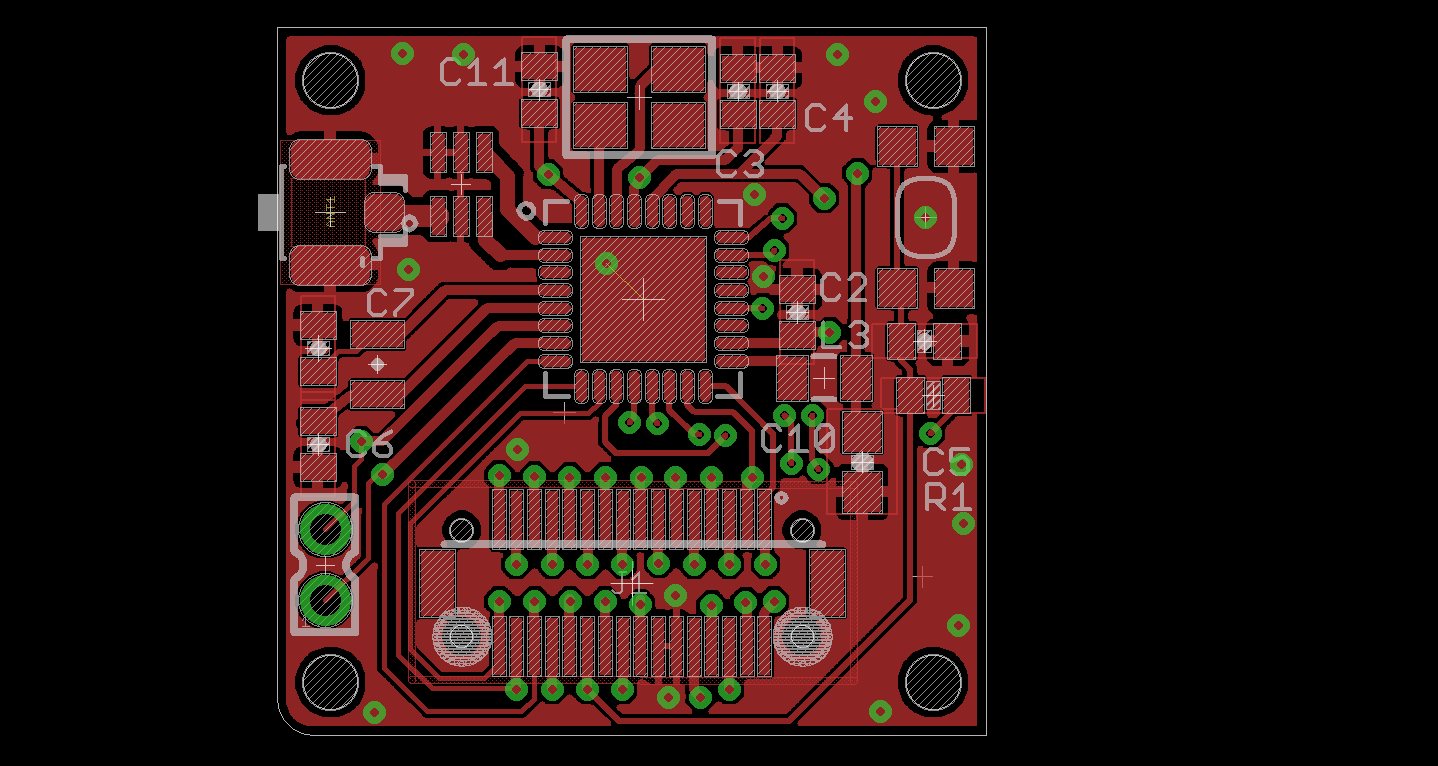
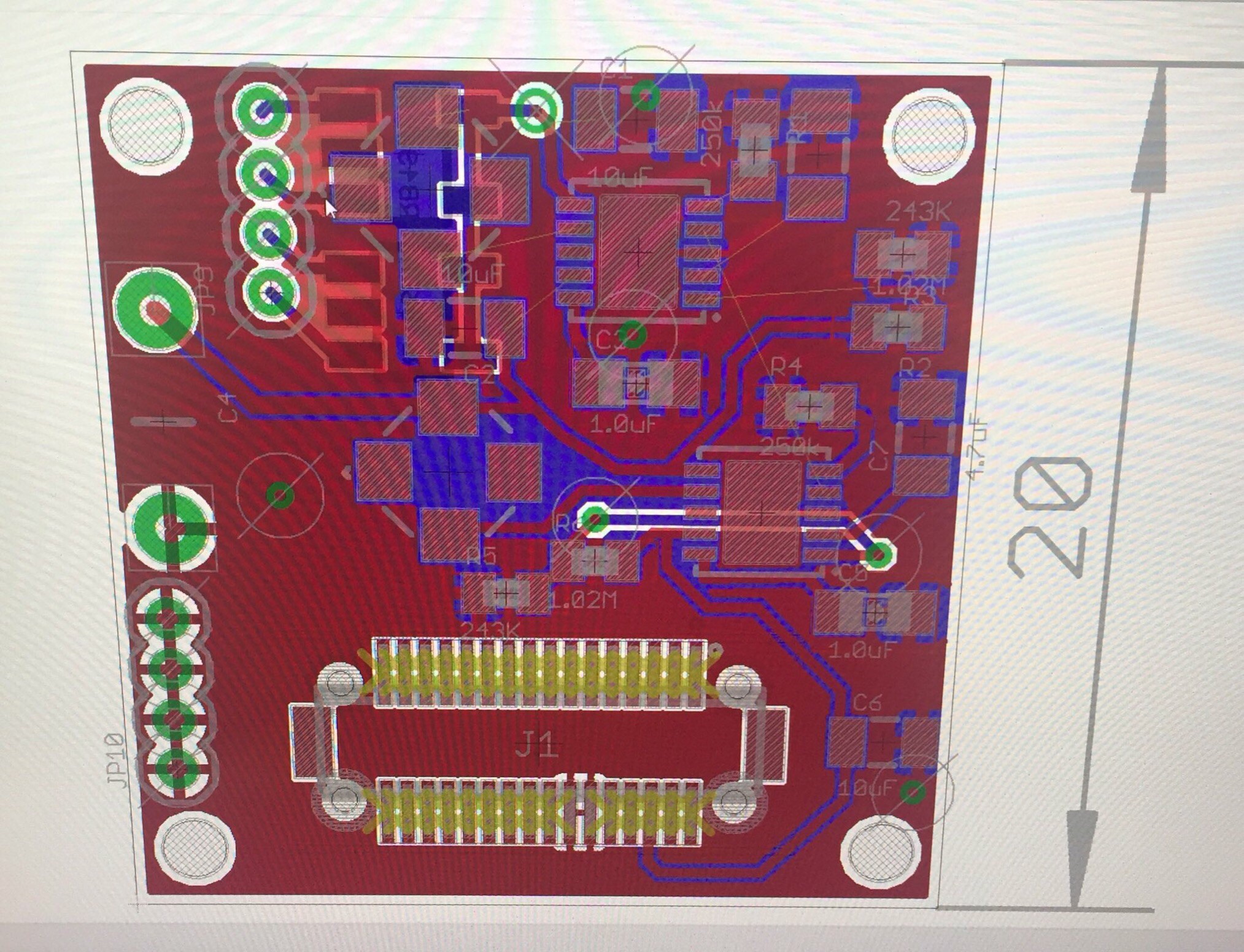

 shenning
shenning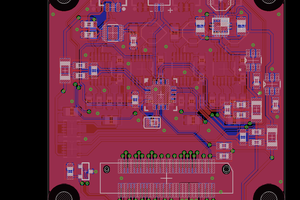
 Pinski1
Pinski1
 Giovanni
Giovanni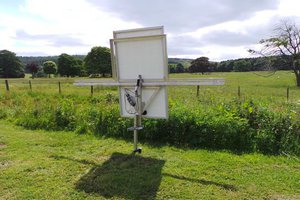
Hi, I'm going to use the CC1310 in a new product so I'm still learning how to design the PCB for it, but I think your board might have a performance issue, because you're supposed to have the RF_N and RF_P lines exactly the same length and symmetrical, otherwise you'll have phase issues on the RF signal. Did you tested it and it performs well?